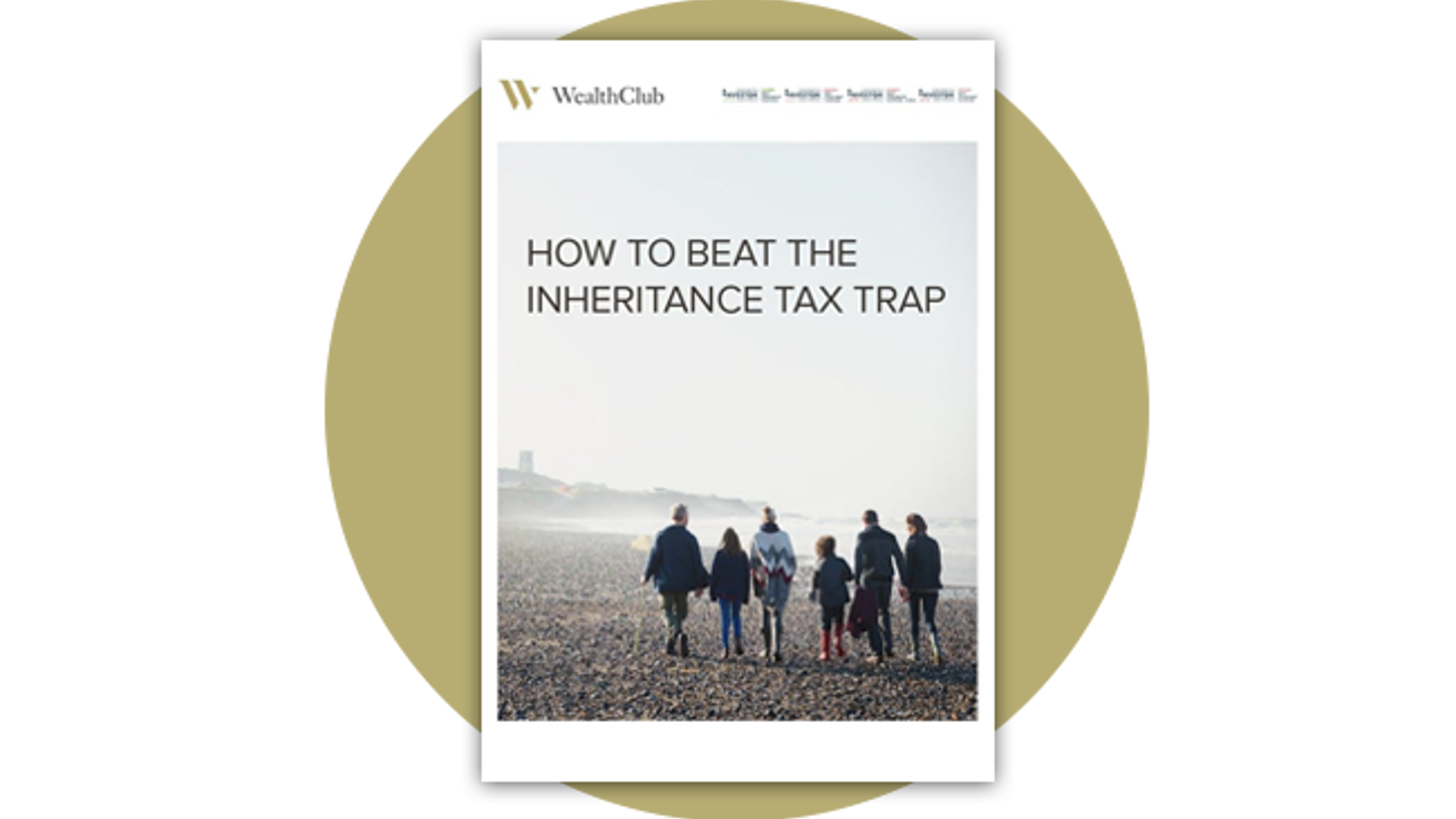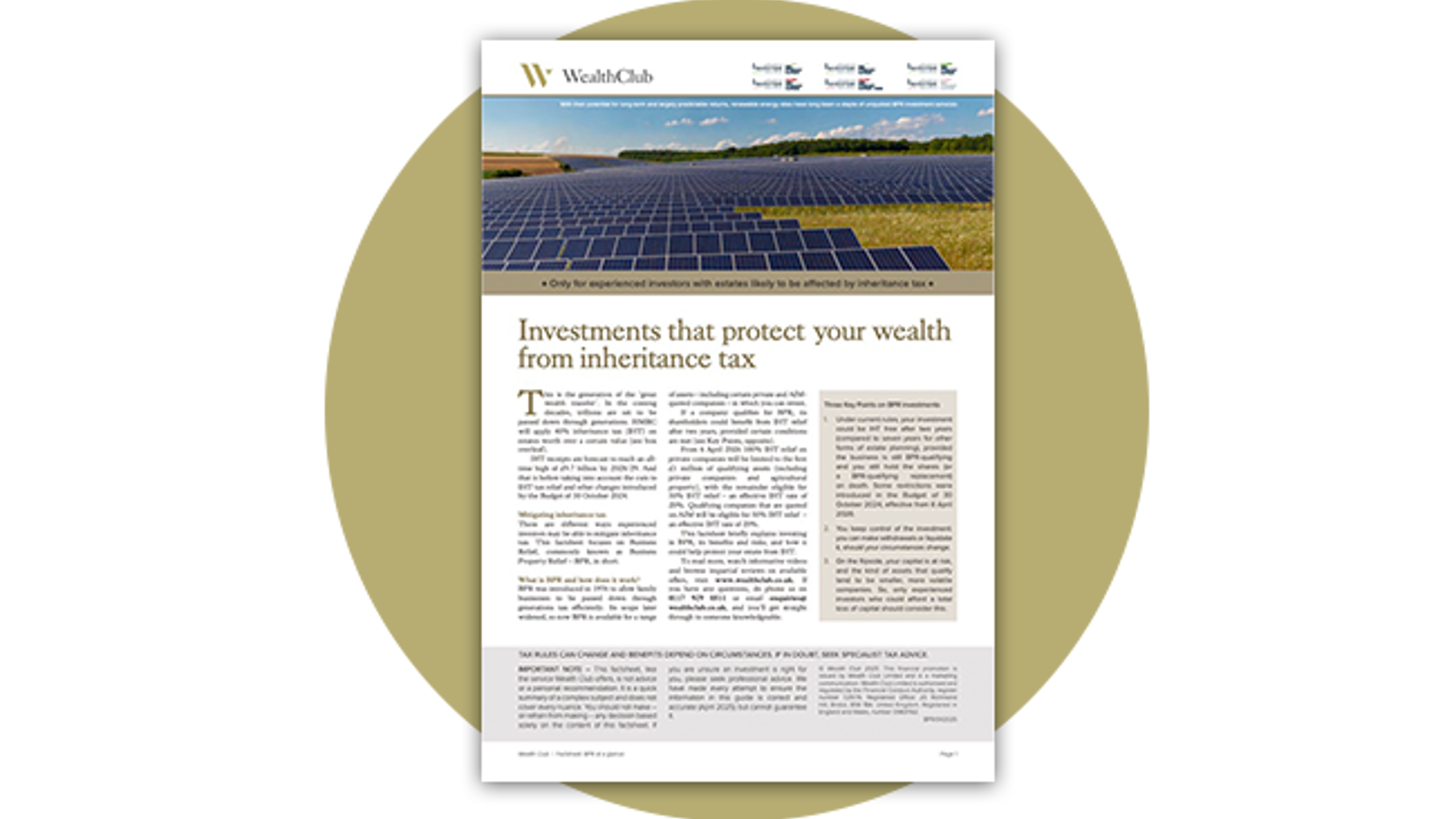Don't invest unless you’re prepared to lose all the money you invest. This is a high-risk investment and you are unlikely to be protected if something goes wrong. Take 2 mins to learn more.
Estimated reading time: 2 min
Due to the potential for losses, the Financial Conduct Authority (FCA) considers this investment to be high risk.
What are the key risks?
- You could lose all the money you invest
- If the business you invest in fails, you are likely to lose 100% of the money you invested. Most start-up businesses fail.
- You are unlikely to be protected if something goes wrong
- Protection from the Financial Services Compensation Scheme (FSCS), in relation to claims against failed regulated firms, does not cover poor investment performance. Try the FSCS investment protection checker here.
- Protection from the Financial Ombudsman Service (FOS) does not cover poor investment performance. If you have a complaint against an FCA-regulated firm, FOS may be able to consider it. Learn more about FOS protection here.
- You won’t get your money back quickly
- Even if the business you invest in is successful, it may take several years to get your money back. You are unlikely to be able to sell your investment early.
- The most likely way to get your money back is if the business is bought by another business or lists its shares on an exchange such as the London Stock Exchange. These events are not common.
- If you are investing in a start-up business, you should not expect to get your money back through dividends. Start-up businesses rarely pay these.
- Don’t put all your eggs in one basket
- Putting all your money into a single business or type of investment for example, is risky. Spreading your money across different investments makes you less dependent on any one to do well.
- A good rule of thumb is not to invest more than 10% of your money in high-risk investments.
- The value of your investment can be reduced
- The percentage of the business that you own will decrease if the business issues more shares. This could mean that the value of your investment reduces, depending on how much the business grows. Most start-up businesses issue multiple rounds of shares.
- These new shares could have additional rights that your shares don’t have, such as the right to receive a fixed dividend, which could further reduce your chances of getting a return on your investment.
If you are interested in learning more about how to protect yourself, visit the FCA’s website here.
The Treasury collected £1.5 billion in IHT receipts in just the first two months of this tax year, it reports. That’s £98 million more than the same period last year – continuing to trace the upward trend that’s seen IHT receipts grow more than 50% over the past five years. The OBR predicts IHT will claim £9.1 billion this tax year – overtaking last year’s record takings of £8.2 billion (2024/25).
This is no longer a tax just for the super-rich. More estates are falling into the IHT net as the value of assets such as family homes continue to rise, while the threshold at which the tax is due has been frozen since 2009. And the net will be cast wider once pensions become liable for inheritance tax from April 2027, although no details on this have yet been published.
What options are available to experienced investors concerned about IHT, comfortable with investment risk, and looking to pass on more of their wealth to loved ones?
This article looks at certain investments that offer inheritance tax relief after two years (compared to seven years with the usual avenues of estate planning), if certain conditions are met.
Important: The information on this website is for experienced investors. It is not a personal recommendation to invest. If unsure, please seek advice. This is a quick summary of a complex subject. BPR-qualifying investments are high-risk and illiquid, so they are only for experienced investors. You should not invest capital you cannot afford to lose. Tax rules can change and benefits depend on circumstances. Decisions should be based on the investment merit, not the tax reliefs alone.
How might you pass on more of your wealth?
There are different ways for experienced investors to mitigate inheritance tax. In this article, we touch on investments that should qualify for Business Property Relief (BPR).
BPR is a long-established tax relief, set up in 1976 to let family businesses be passed down through the generations tax-efficiently. More recently, BPR’s scope has been widened to also benefit investors in qualifying trading businesses (many private and certain AIM-quoted ones).
Under current rules, if you invest in such companies, the investment should benefit from IHT relief after two years – as long as the business remains BPR-qualifying and you still hold the shares (or a BPR-qualifying replacement) on death.
This means that, depending on where you invest, the investment could be passed on IHT-free or be eligible for a lower rate of IHT (20% rather than 40%). Remember, tax rules can change and benefits depend on circumstances.
Three types of investments with the potential for inheritance tax relief
Below we give a quick introduction to three types of investment that should qualify for IHT relief. All of them involve investing in private, usually smaller companies, which are high risk and illiquid: you should ensure you fully understand the risks and not invest money you cannot afford to lose.
1. Inheritance tax (IHT) portfolios
One way to shelter your wealth from IHT is to invest in unquoted IHT portfolios: portfolios of private companies that should qualify for BPR.
IHT portfolios let you retain control of your wealth whilst shielding it from inheritance tax.
Technically, you invest in one or more companies (usually run by a specialist investment manager – for instance, Downing Estate Planning Service) which in turn own and operate several companies or projects. The managers typically aim to give investors exposure to assets they believe can deliver some growth above inflation, with low volatility – not guaranteed.
When you invest, you could benefit from 100% IHT relief, but from 6 April 2026 this will be capped at the first £1 million of assets (including private companies and agricultural property) on which you claim the relief. The excess will still benefit from IHT relief but at a reduced rate of 50%, an effective IHT rate of 20%.
If you need access to your money, you are generally able to request a withdrawal which will be processed, subject to liquidity. Of course, any money you withdraw will no longer benefit from IHT relief and any capital gain might create a tax liability.
2. AIM IHT ISAs
Many AIM-quoted shares also qualify for BPR. This could be of particular interest to ISA investors.
This is because ISAs are very tax-efficient whilst you (or your spouse or civil partner) live – however, upon death they could be subject to up to 40% IHT.
By contrast, if your ISA is invested in AIM shares that qualify for BPR, after two years it could potentially benefit from IHT relief when passed on. Instead of being subject to the full 40% tax, for qualifying AIM shares the IHT rate is halved to 20% (from 6 April 2026). This is on top of the usual ISA benefits of tax-free growth and income.
As is the case with other ISAs, with an AIM IHT ISA, you retain the flexibility to take cash out if you need (the amount you withdraw will no longer benefit from IHT relief, but what remains invested should).
An option to consider is to invest in a ready-made AIM IHT portfolio, a professionally managed portfolio of AIM shares that should qualify for IHT relief, held in an ISA. You can choose to invest your ISA allowance or transfer unlimited amounts from previous years’ ISAs. There is no cap on the amount that can benefit from the reduced rate of IHT.
Please keep in mind AIM portfolios tend to be higher risk, more volatile and illiquid than conventional Stocks & Shares ISAs.
3. EIS and SEIS
EIS and SEIS investments should also qualify for IHT relief after two years, if you still hold them on death and they remain qualifying.
When you invest, you could benefit from 100% IHT relief: from 6 April 2026 this will be capped at the first £1 million of assets (including private companies and agricultural property) on which you claim the relief. Any excess will still benefit from IHT relief but at a reduced rate of 50%, an effective IHT rate of 20%.
This is part of the generous tax package EIS and SEIS offer to temper the higher risks of investing in small young businesses – including up to 50% income tax and capital gains tax reliefs (SEIS) and up to 30% income tax relief and CGT deferral (EIS).
EIS and SEIS should not be used exclusively as an IHT planning tool - they are high-risk investments designed to target capital growth over preservation (not guaranteed). There also must be an exit for you to realise a return, meaning you cannot make a withdrawal if you require access to your investment.
What to consider next?
Having carefully accrued wealth during your lifetime, you may not wish to have the taxman take up to 40p of every £1 you’ve worked hard to save over the years. Read our free factsheet to explore options available to experienced investors.
Wealth Club aims to make it easier for experienced investors to find information on – and apply for – investments. You should base your investment decision on the offer documents and ensure you have read and fully understand them before investing. The information on this webpage is a marketing communication. It is not advice or a personal or research recommendation to buy any of the investments mentioned, nor does it include any opinion as to the present or future value or price of these investments. It does not satisfy legal requirements promoting investment research independence and is thus not subject to prohibitions on dealing ahead of its dissemination.





